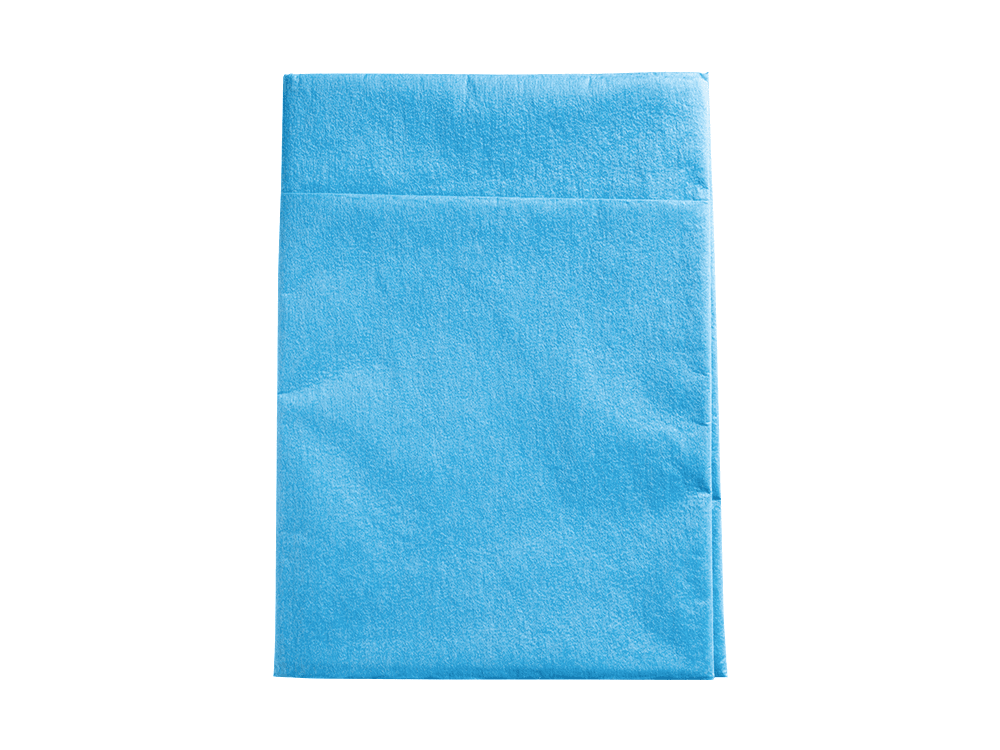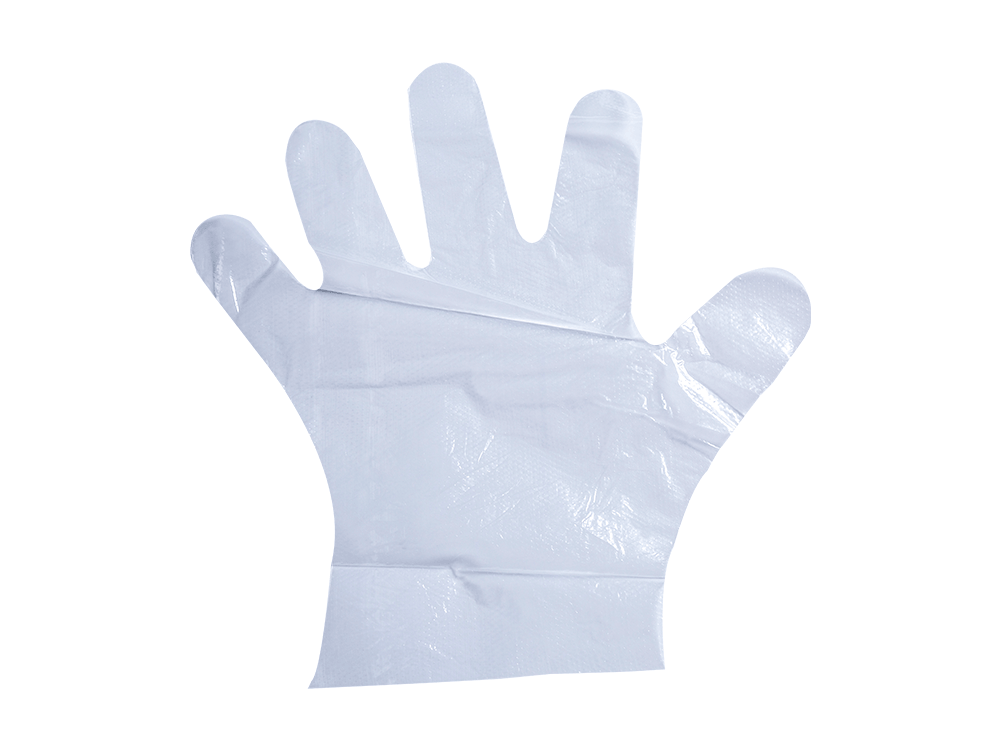The Casting Film Roll process is more proficient than blowing extrusion and provides better cooling and control of finished product sizes and qualities. It begins with melting the thermoplastic materials and ends with trimming and winding the film into rolls.
Microfluidic patterns designed in CAD software were 3D printed and integrated into an industrial-sized roll-to-roll liquid casting process. The performance of the resulting cast film microfluidic patterns was assessed using quantitative analysis.
Process
While it is possible to build lines that can produce a broad range of products, the best line design is tailored to each unique product. For instance, some polymers such as ethylene and most fluoropolymers have low solubility, so they are cast from dispersions rather than solutions. This enables more precise film fabrication and reduces the error tolerance to +- 0.5%.
After exiting the die, the molten curtain passes through a sequence of cooling, polishing, and nip rolls that determine film quality such as thickness. The film is then trimmed, corona treated (if required), and wound into rolls. Profilometry measurements from the 1st and 68th pass of the 3D printed master over the film showed that the pattern changed to include thicker coating material directly adjacent to the channels.
Die
Unlike the extruders of film blowing lines, in cast lines the plastic resins are melted and mixed together in a horizontal die. Then the molten resin travels through a flat die to be flattened and solidified into a fine film on a highly polished chill roller. The film is pinned to the roll surface by air knife or vacuum box pressure. The film is then drawn down into the desired thickness before it is trimmed and rolled.
The transportation of the molten polymer from the die lips to the surface of the roll is different for polymers with low melt strength (something like honey) than for those with high melt strength (like sliced deli cheese coming off the slicer). It also differs depending on whether the film is extruded alone or coextruded with other layers.
Cooling
When the resin is melted by the extruders, it is rolled onto chill rollers that cool and solidify the film. The cooling process is key to achieving high-quality cast films. Unlike blown film, cast stretch wraps unwind quieter and have better clarity.
The cooling section of a cast film production line includes a primary quenching roll, a secondary roll, a motorized roll for correct vertical and cross-machine direction alignment, an air knife or vacuum box, and a gauging system. A thickness-gauge unit is placed directly behind the primary quenching roll to minimize the distance between it and the film, which improves accuracy.
Trimming
Using the flat die system, the molten plastic material is extruded horizontally onto a chilled roller and then trimmed. The resulting film is then cooled further on additional chill rollers and is ready for winding.
This is a highly automated process and it produces cast stretch wrap that is very clear, requires less force to stretch, has great tear resistance, unwinds quietly from machines, and offers superior cling. These characteristics make it ideal for securing metal and steel items as well as regular and irregular shaped boxes.
A common problem in shape casting is breakout, which is when the solid shell of the strand breaks and allows the molten metal inside to spill out. This can be caused by turbulence, which inhibits heat removal, or by lead contamination that leads to a high Weissenberg number that causes the solid to react with itself.
Winding
The film leaves the die and is cooled in a series of chilled rollers. After cooling, it passes through a corona treatment station and may be trimmed or embossed before being wound onto a core for storage.
A vacuum box is connected to the main quenching roll to remove entrained air from the web and speed up the cooling process. This is particularly important for PP, which tends to form crystals that give rise to hazy films at high line speeds.
A torque winding tool produces the winding tension on center winders. This is independent of the incoming web tension. When a web is wound tightly around a core, it will experience in-wound compressive tension that can cause the inner wraps to buckle in localized areas near the core. This can make the rolls dish while winding or telescope when unwinding.


 english
english 中文简体
中文简体

















